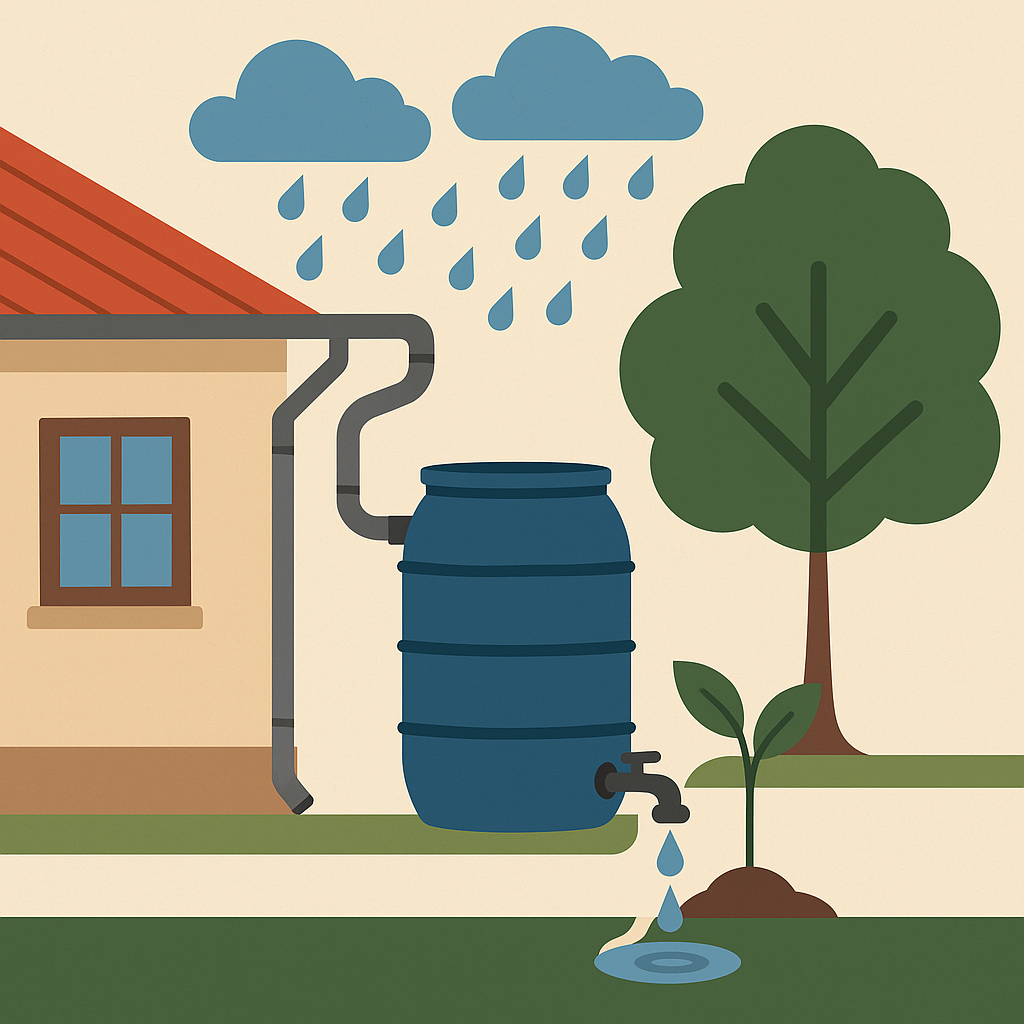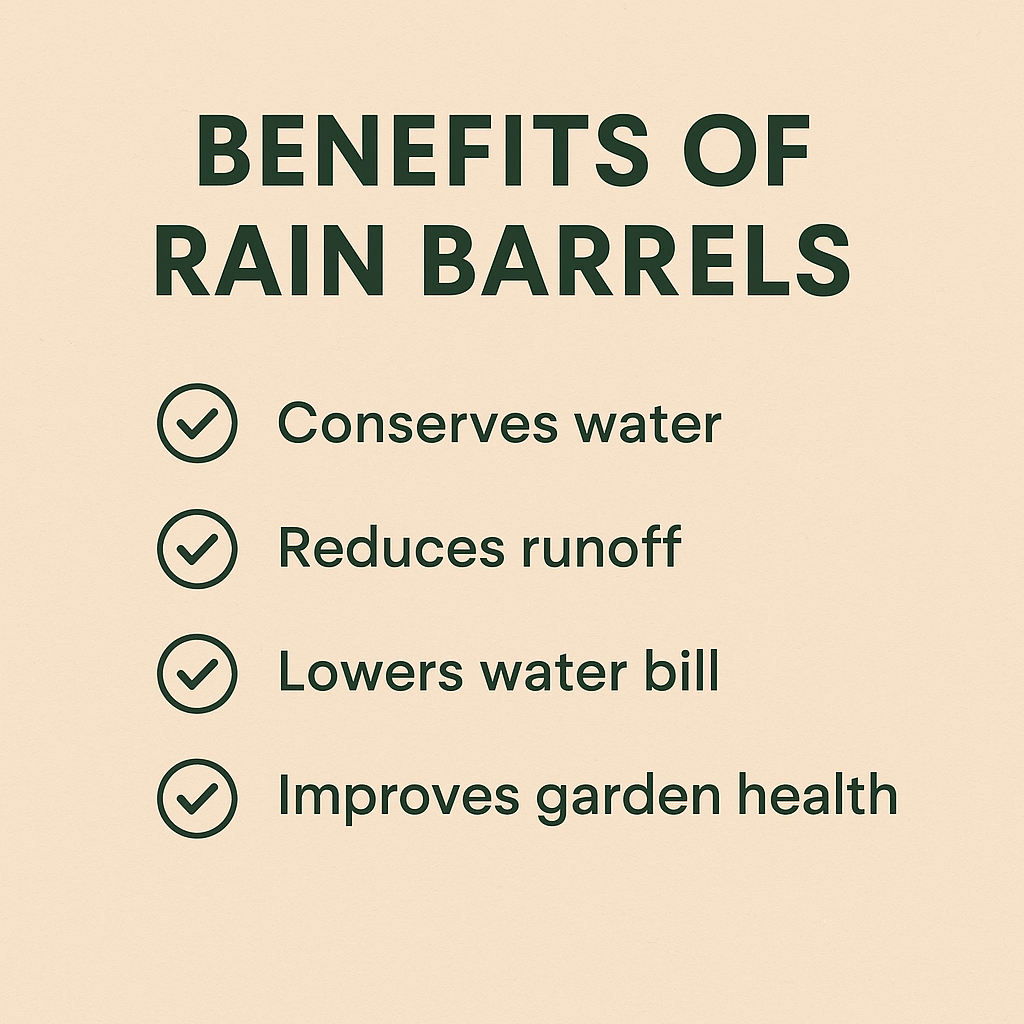Installing Rain Barrels on Your Utah Land
Why More Landowners Are Using Rain Barrels
If you own off-grid or rural land in Utah, especially in areas like Duchesne County or near Starvation Reservoir, you know how important water is. Whether you’re camping, prepping, or working toward self-reliance, rain barrels are an easy and effective way to collect free water—especially in dry areas where every drop counts.
Is Rainwater Harvesting Legal in Utah?
Yes—rainwater harvesting is legal in Utah! In fact, the state encourages it. As of recent regulations, individuals can collect up to 2,500 gallons of rainwater without a special permit, as long as it’s for personal use. You can register for free on the Utah Division of Water Rights website if you plan to store more than 100 gallons.
Quick facts:
Legal to collect in Utah
Up to 100 gallons without registering
Up to 2,500 gallons with free registration
Only for personal, non-commercial use
What You’ll Need to Install Rain Barrels
Rain barrels are simple to set up, especially if your property has a small structure like a shed, portable cabin, or tiny home. Here's what you'll need:
One or more 50+ gallon rain barrels
Downspout diverter kit
Drill, sealant, and hose attachments
Level base (cinder blocks or pavers)
Optional: mosquito screen, overflow tubing
How to Install a Rain Barrel (Step-by-Step)
1. Choose a Level Location
Place your rain barrel on stable ground near a downspout or sloped roof surface. Use bricks or cinder blocks to raise it for better water pressure.
2. Cut & Attach the Diverter
Cut your downspout a few inches above the barrel and attach a diverter kit, which channels rainwater directly into the barrel during storms.
3. Seal & Connect Overflow
Use caulk or plumber’s tape to seal openings and connect an overflow hose so excess water drains away from the foundation.
4. Add a Spigot or Hose Connector
Install a spigot near the bottom of the barrel for easy access to water. You can attach a short hose or let it drain into a watering can.
5. Keep It Covered & Screened
Always keep your barrel sealed to prevent mosquito breeding and algae growth. Most kits include mesh screens for this.
Benefits of Rain Barrels for Rural Utah Properties
Using rain barrels isn’t just a backup plan—it’s a smart, sustainable way to use your land:
Water your garden without tapping your well
Have access to rinse water while camping
Provide water for livestock or chickens
Support off-grid or permaculture living
Extra water during fire season or drought
Best Times to Collect Rain in Utah
While Utah is known for dry summers, many areas receive good rainfall in the spring and late summer monsoons. Having your barrels ready during those times means you can store water for later use when it's dry.
🌧️ Peak Collection Months:
April – May
Late July – September (monsoon season)
Start Small, Grow Later
You don’t need a huge setup to make a difference. Many Mountains West Ranches buyers start with one or two rain barrels and expand as they add structures or gardens. Even a small system can provide dozens of gallons per storm—especially if you're collecting from a shed or small roof.
FAQ: Rain Barrels and Off-Grid Land in Utah
Do I need a permit to collect rainwater?
Not if you’re storing under 100 gallons. You can collect up to 2,500 gallons with free registration.
Can I drink rainwater from a barrel?
No. Rain barrel water should only be used for non-potable uses like gardening, cleaning, or livestock. You’d need a proper filtration system to make it safe for drinking.
Can I use rain barrels off-grid?
Yes! Many off-grid landowners use them for daily water needs, irrigation, and emergency prep.
Ready to Set Up a Sustainable Life on Your Land?
Whether you're prepping, gardening, or just want to live more self-reliantly, installing a rain barrel is one of the easiest first steps. If you're still looking for the perfect property, we’ve got land throughout Duchesne County ready for off-grid systems and DIY setups.
👉 Explore Available Land Parcels Here
📞 Have questions? Call or text our team anytime: 385-355-8763



